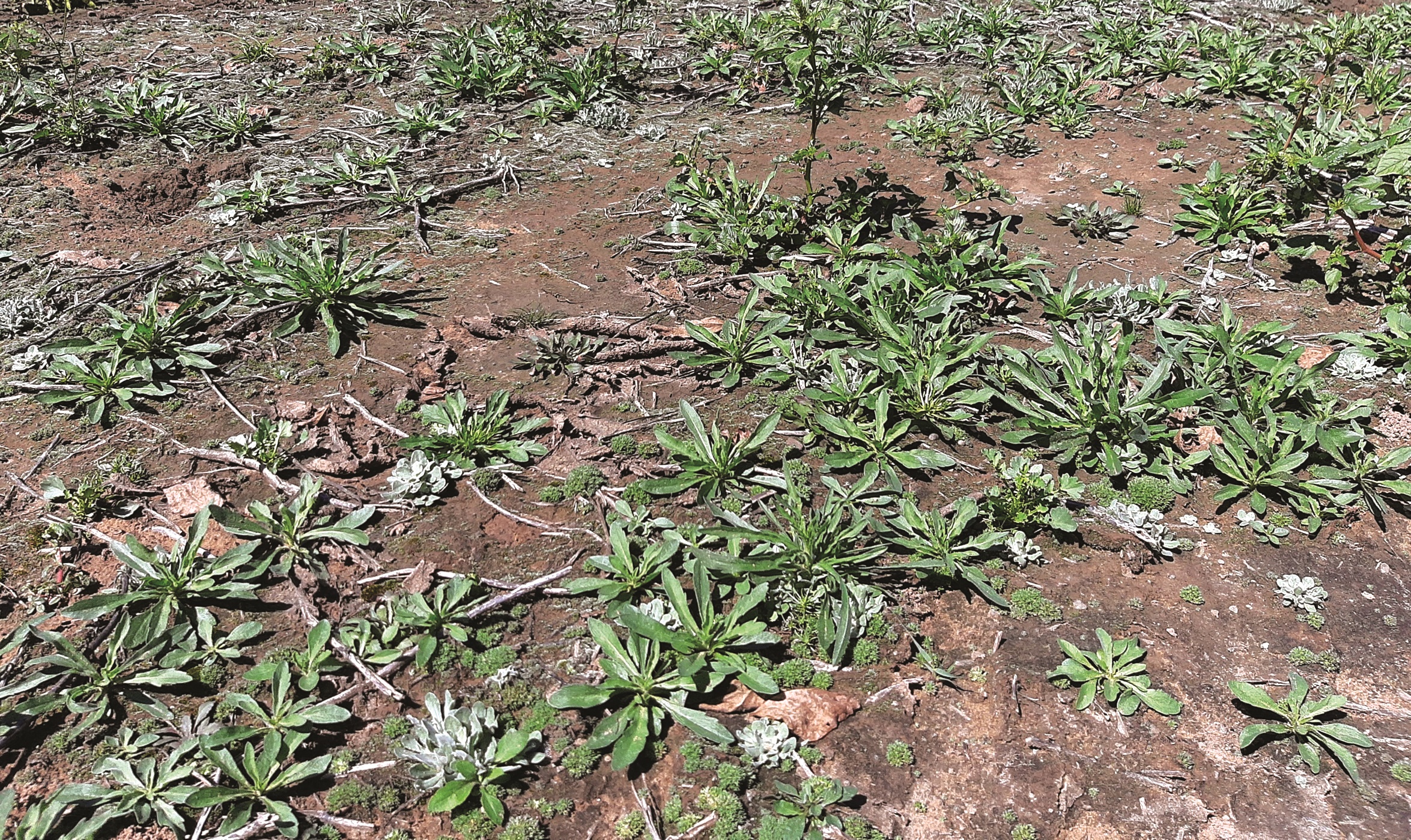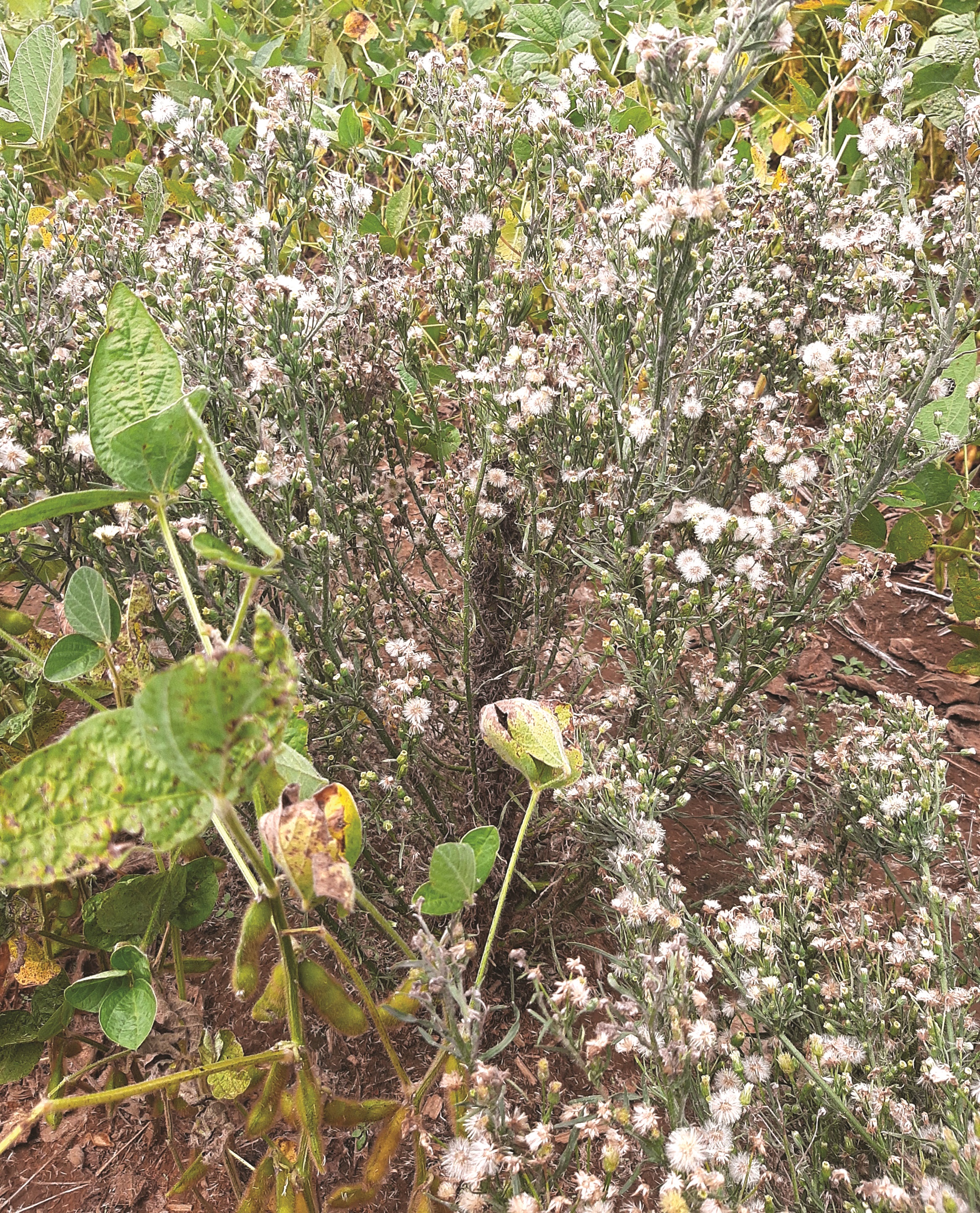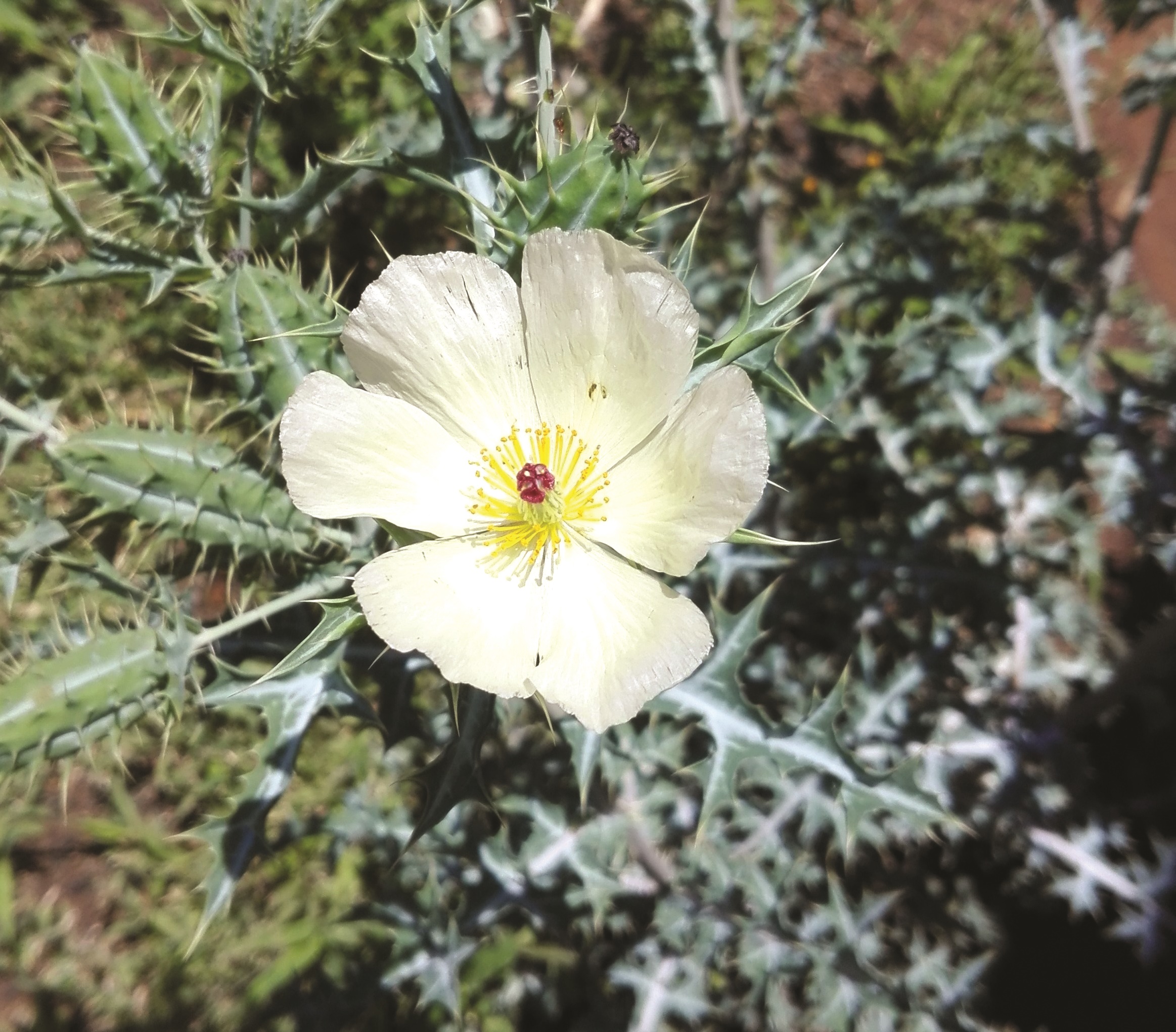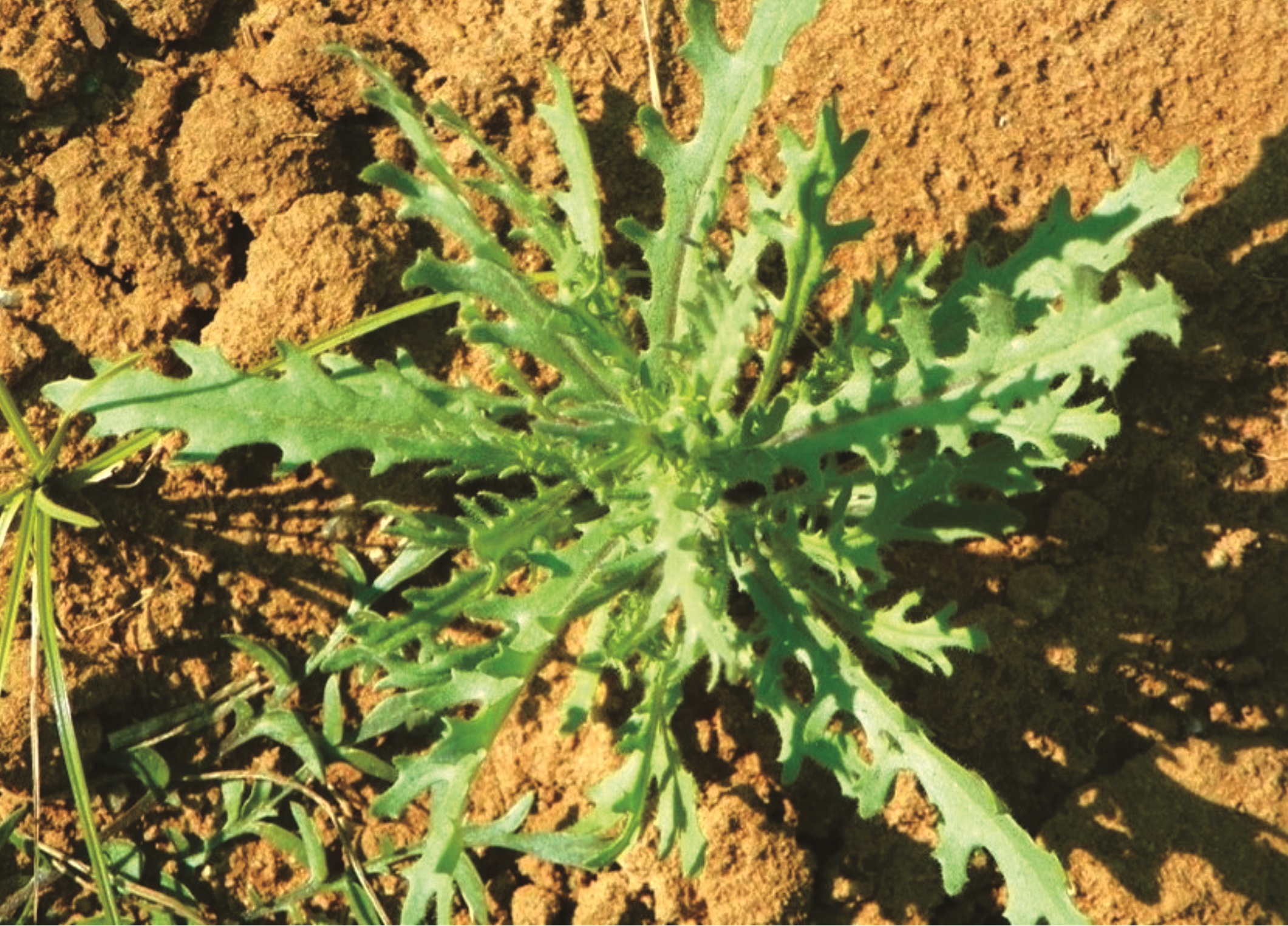June 2024
| PIETMAN BOTHA, INDEPENDENT AGRI- CULTURAL CONSULTANT |
 |
The 2023/2024 production year’s drought again emphasises the importance of stored moisture in the soil. Having enough moisture will increase a farmer’s chances of realising a relatively good yield. It is the farmer’s responsibility to conserve the moisture, making sure that next year’s crop will have enough moisture available at the beginning of the season.
With the good April rains in the summer production areas, there is a high possibility that winter weeds will be a problem. Many farmers fall in the trap of not controlling winter weeds. They assume that the plough, rippers and animals will control it, but unfortunately cultivation doesn’t stop this problem.
These weeds consume moisture and when the farmer wants to control them at a later stage, he will realise that cultivation doesn’t control them 100%. The result is that the winter weeds will be out of control in the fields. Consequently, there will be a shortage of moisture – and fields that are too dry to cultivate or plant will eventually lead to a much lower yield.
In addition to lower yields, this also causes an increased risk and phone calls from the bank manager. Remember, farmers must manage moisture as it is the most important element in grain production.

Young Conyza plants.

A flowering fleabane bush.
WINTER WEED
Winter weed is adapted to winter conditions and can survive and grow in the dry winter periods. These weeds also have the ability to use water efficiently and grow uncontrollably after the first summer rains.
In the winter, these winter weeds do not usually grow above the ground but their roots grow rapidly under the ground. With a well-developed root system, winter weeds can utilise the moisture of the first rain, which makes rapid growth possible. This growth will utilise the moisture effectively, with the result of fields being too dry to cultivate or plant. Controlling winter weeds is not a luxury but a necessity. In the spring, fields must be clean and no winter weed should be present.
Conyza spp. are common winter weeds that need to be controlled. These include:

An argemone flower, which is also known as Mexican poppy or witblombloudissel.

A seedling of the ragwort plant.

An adult ragwort bush.
CONTROLLING WINTER WEED
The question is how to control winter weed. Combatting winter weed is a necessity and farmers must plan to manage it. Speak to your herbicide representative in advance to find the best options for weed control. Take all the planned cultivation actions into consideration to find the best plan.
If winter weeds become a problem on your farm, implement a crop rotation system with crops such as maize, sunflower and soybeans. These crops give you time to get winter weed under control, using both chemical and mechanical actions. It is important to look holistic at your business and plan accordingly.
Normally a shallow tillage or disc action as early as possible, as well as herbicide application on younger, smaller plants during late March or early April, will be sufficient. It must be emphasised that the winter weeds must still be small, for instance the Conyza spp. must still be in the rosette stage for herbicides to work properly.
In maize fields, the application of herbicides can be difficult. Normally an aeroplane or high equipment is needed, but the problem is that the herbicide is not necessarily registered for this practice. This problem makes it very difficult to spray winter weeds successfully. The lower temperatures during June, July and August also influence the herbicides negatively. So this means that the use of implements is not a good option in a conventional production system.
When shallow cultivators are used, farmers must make sure that tines are spaced in such a way that there is enough overlapping to prevent gaps where the winter weeds are not removed. The quicker the fields are cultivated after harvesting, the better winter weeds are controlled.
If a farmer wants to use herbicides for the control of sedges in particular, scientific studies support the use of glyphosate in mixtures with other herbicides with different effects, versus the alternation or rotation of herbicides in the management of resistance development.
According to label instructions, 2,4D can be sprayed in combination with glyphosate or atrazine. But be warned of the residual effect of atrazine on subsequent crops. Paraquat, a non-selective weed herbicide, can also be used. Ensure that weeds are thoroughly wet, with at least 300 litres of water per hectare.
The use of glyphosate will also help with the control of ragwort (radiatorbossie) and Mexican poppy (witblombloudissel). Just make sure that you talk to your herbicide representative to make the best decision for winter weed control.
If farmers want to take the chemical route, make sure that the calibration of the sprayer is done correctly. Ensure that the recommendations on the label are followed and that enough water is used. The golden rule is: Spray winter weeds when they are still small – don’t wait too long because if they are too big, it is very difficult to control.
Publication: June 2024
Section: Pula/Imvula